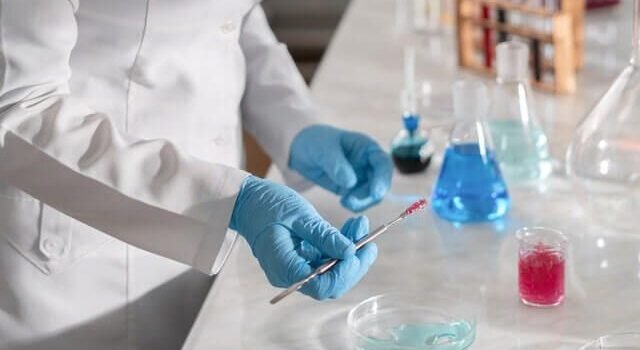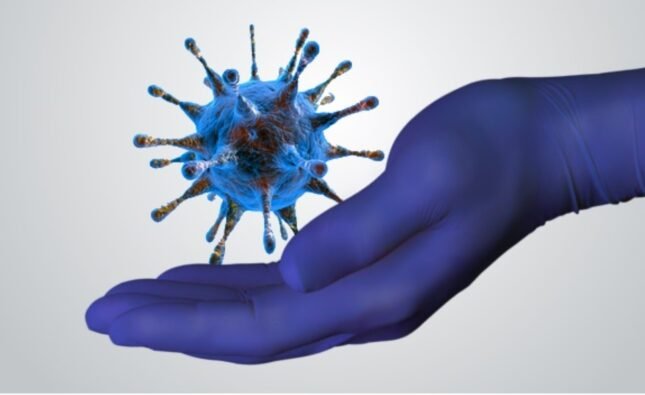Disposable gloves are commonly used in various industries, including healthcare, food service, and manufacturing, to protect workers from exposure to harmful substances. However, it is important to understand that not all disposable gloves provide the same level of protection against chemical exposure. In certain situations, disposable gloves may provide limited chemical protection, which can put workers at risk of chemical exposure. So working in any such place, It is essential to know about the limits of disposable gloves for chemical protection.
Here, I’ll highlights the importance of knowing the limits of disposable gloves in safeguarding against harmful chemicals. Factors such as the glove material, exposure time, and chemical concentration can affect the level of protection provided. Being aware of these factors is essential in ensuring safety while handling dangerous chemicals. By educating oneself on the appropriate type of gloves to wear, individuals can reduce the risk of exposure and potential harm. The article offers valuable information and suggestions to assist individuals in making informed decisions when selecting gloves for chemical protection.
Understanding the Limits of Disposable Gloves
Disposable gloves come in various materials, such as latex, nitrile, and vinyl, and each material offers different levels of protection against chemicals. While some disposable gloves may provide enough protection against certain chemicals, others may provide limited protection or no protection at all.
One of the key factors that determine the effectiveness of disposable gloves against chemical exposure is the thickness of the gloves. Thicker gloves offer better protection against chemicals than thinner gloves. However, thicker gloves may also reduce dexterity and tactile sensitivity, which can be problematic in certain tasks.
Another factor to consider is the type of chemical being handled. Some chemicals may penetrate through the glove material and cause skin irritation, chemical burns, or other health hazards. In these cases, it is essential to use gloves that are specifically designed for the chemical being handled.
When Disposable Gloves Provide Limited Chemical Protection
Disposable gloves may provide limited chemical protection in several situations. For example, disposable gloves may not be suitable for handling strong acids or alkalis, as these chemicals can degrade the glove material and penetrate through the gloves. Similarly, some solvents and organic compounds can also penetrate through certain types of gloves.
Disposable gloves may also provide limited protection against certain types of biohazards, such as viruses and bacteria. While gloves can prevent direct contact with bodily fluids and other potentially infectious materials, they may not provide sufficient protection against airborne pathogens or particles.
Tips and Alternatives for Chemical Protection
To stay safe in harmful environments, it is important to choose the right type of gloves for the job. When working with chemicals, it is recommended to use gloves that are specifically designed for the chemical being handled. The manufacturer of the chemical should be able to provide guidance on the appropriate gloves to use.
It is also important to wear other protective equipment, such as goggles, face shields, and ventilator, when handling harmful materials. These items can help prevent exposure to chemicals and other harmful materials.
If disposable gloves are not providing enough protection, it may be necessary to consider alternative options, such as reusable gloves, which can offer better protection against certain chemicals. Reusable gloves may also be more environmentally friendly and cost-effective in the long run.
Disposable gloves can be a useful tool for protecting workers from chemical exposure. However, it is important to understand the limitations of disposable gloves and choose the right type of gloves for the job. By taking the necessary precautions and using proper protective equipment, workers can stay safe in harmful environments and prevent chemical exposure.



